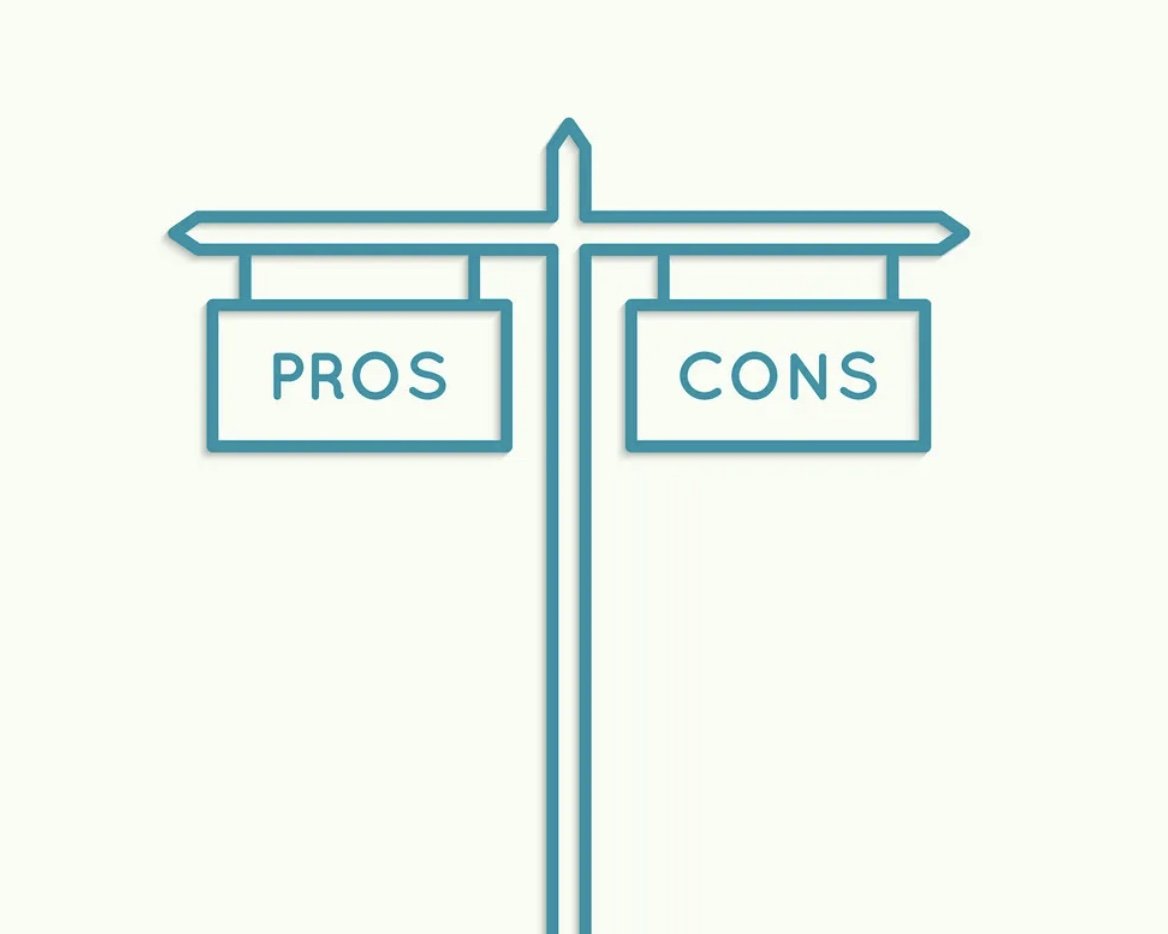Ambivalence is Two Simple Things
/By Anne DeCore, LMFT
Ambivalence is a natural human phenomenon, one that we all experience every day. It is common to want change, and also not want change, at the same time. The brain will contemplate the pros and the cons (the “decisional balance sheet”) of a particular change and then, voila, we find ourselves stuck. We come up with a reason for, and a reason against, and then ambivalence settles in.
As a clinician I regularly see clients experiencing ambivalence. Common ones are: ambivalence about changing one’s alcohol use habits; about whether or not to set a boundary with a family member; about staying or leaving an unstable relationship. My thinking toward ambivalence has been shaped by the works of Bill Miller. Miller is the author of Motivational Interviewing: Helping People Change, and he focuses on the topic of Ambivalence more directly in his most recent book On Second Thought: How Ambivalence Shapes Your Life. His writings, research, and techniques have been praised and used by professionals across disciplines such as teaching, coaching, medicine and psychotherapy to name a few.
Ambivalence, he says, is two simple things: change talk (arguments for change) and sustain talk (arguments against change).
Interestingly, when we want to help a friend or family member whom we think would benefit by a change in their lives we tend to argue for change. But because of the way the brain is structured, when we push for change in someone else, we end up evoking the other side of their own ambivalence. We often cause the other person to talk himself or herself out of changing. This happens between partners in a couple, between parents and kids, between friends, and occurs in the therapy and medical worlds between clinicians and clients: sometimes, the more a clinician pushes for change, the more the client responds with opposition. This oppositional reflex, found in all of us, is called the righting reflex. The clinician’s attempt to help can have a paradoxical effect, reinforcing the maintenance of status quo.
So what then is the path to resolving ambivalence? How does a person decide whether a change is advantageous?
The pathway to breaking through ambivalence is about setting your GPS to a clearly defined destination and asking if making that change helps you get to the coordinates you set for yourself. If you are stuck in ambivalence, have a series of wide-ranging conversations with yourself or with a therapist where you explore what you clearly know you do want in your life. What do you care about most? What do you want your life to mean? To look like? What is most important to you in terms of who you are, and who you want to be? Explore your values and goals. These talks will define the coordinates you want to travel toward. Then, and only then, do you ask yourself, does the change I’m considering help me get there. You look at your goals in relation to the alcohol use, the boundary, the unstable relationship. Does alcohol help you accomplish that goal? Does setting the boundary with the family member help you be the kind of person you described? Is the unstable relationship neutral or does it act as an obstacle to what you care most about?
As friends, family members, or therapists, when we know with clear conviction that a person really needs to make an important change, we need to listen to their sustain talk without trying to reason the person out of it. When we listen with empathy, their need to say it goes down because their experience of feeling understood goes up. Through non-judgement, empathy and curiosity we can be a helpful part of the person evoking their own reasons and motivations for change. As frustrating as it can be at times, we cannot instill in them our reasons for their change.
Reference:
Miller, W. R., & Rollnick, S. (2012). Motivational interviewing: Helping people change. Guilford press.
Miller, W. R. (2021). On Second Thought: How Ambivalence Shapes Your Life. Guilford Publications.

